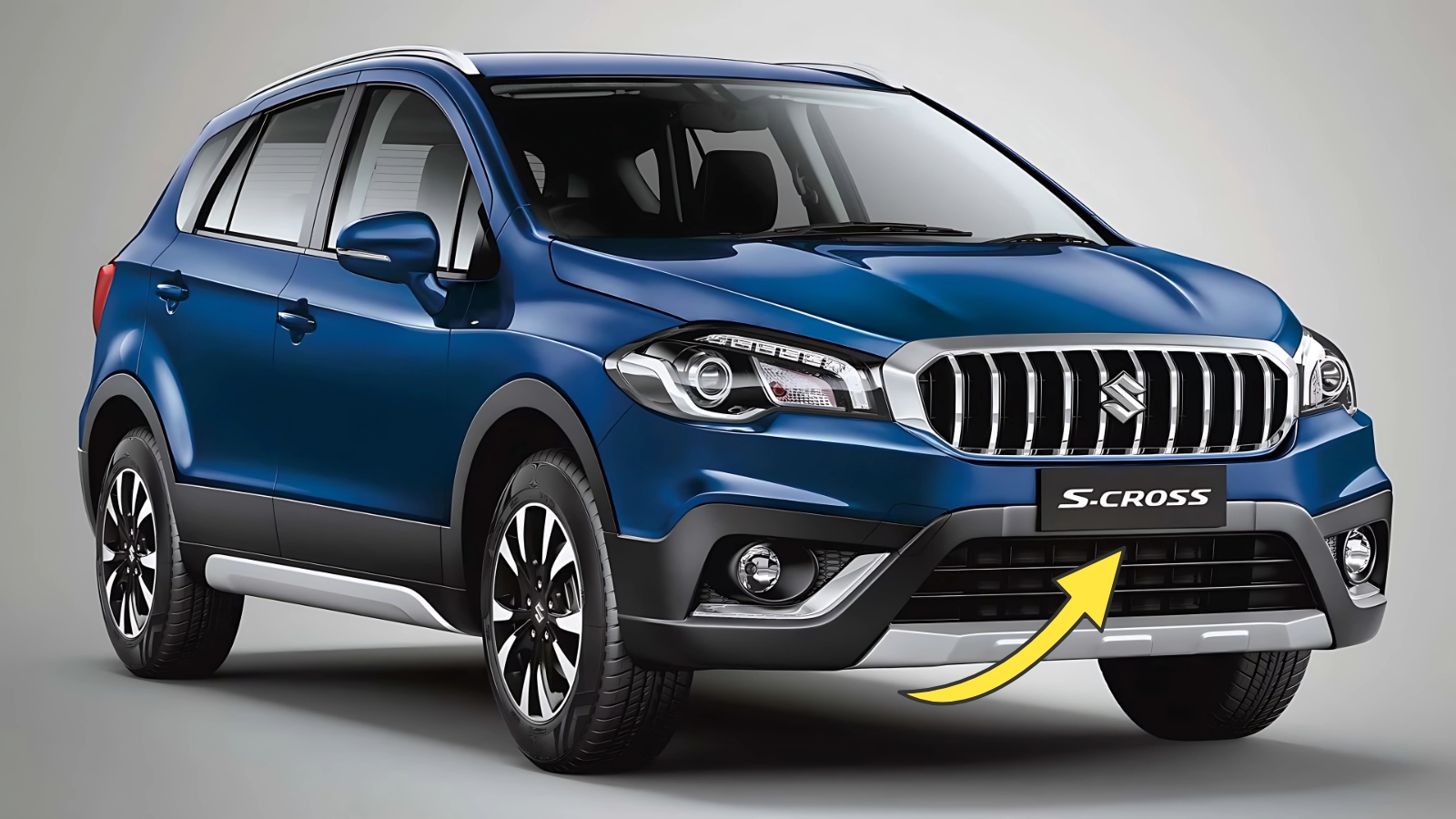Maruti Suzuki S-Cross: After a two-year absence from the Indian automotive landscape, the Maruti Suzuki S-Cross is reportedly gearing up for a spectacular comeback in 2025. Industry insiders suggest that the crossover, which was officially discontinued in 2022 due to declining sales and evolving market dynamics, may return with significant updates to reclaim its position in the competitive compact SUV segment.
The Rise and Fall of a Premium Pioneer
The S-Cross originally debuted in 2015 as Maruti’s flagship offering and the inaugural model for the premium NEXA brand. This crossover represented a bold departure from Maruti’s traditional budget-focused approach, featuring premium diesel engines sourced from Fiat Chrysler Automobiles. The vehicle initially offered both 1.3-liter and 1.6-liter diesel options, with the latter earning praise for its torquey performance and spirited driving dynamics.
Throughout its seven-year journey, the S-Cross witnessed multiple powertrain changes. The powerful 1.6-liter diesel was discontinued in 2017, leaving only the 1.3-liter mild-hybrid diesel variant. When BS6 emission norms took effect, Maruti transitioned the S-Cross to a petrol-only lineup featuring a 1.5-liter naturally aspirated engine producing 103 horsepower and 138 Nm of torque, available with both manual and automatic transmissions.
Market Challenges Led to Discontinuation
Despite being well-engineered and feature-rich, the S-Cross struggled to find its footing in the rapidly evolving Indian SUV market. Sales figures remained modest, with approximately 160,000 units sold over seven years – respectable but insufficient for Maruti’s standards. The vehicle faced intense competition from more conventional SUVs like the Hyundai Creta and Kia Seltos, which offered better road presence and perceived value.
The S-Cross also faced internal competition from Maruti’s own Vitara Brezza, which appealed to buyers seeking a more traditional SUV appearance at comparable pricing. The crossover’s unique design language, while distinctive, failed to resonate with mainstream Indian buyers who preferred the taller, more imposing stance of conventional SUVs.

Expected 2025 Comeback Strategy
According to industry speculation, the upcoming S-Cross revival will address the shortcomings that led to its original discontinuation. The new model is expected to feature a completely refreshed design that aligns more closely with contemporary SUV aesthetics while maintaining its crossover DNA. A chrome-studded grille, sleeker LED headlamp clusters, and sharper body lines are anticipated to give the vehicle greater road presence.
Interior upgrades are expected to be substantial, with reports suggesting a 9-inch touchscreen infotainment system supporting wireless Apple CarPlay and Android Auto, a 7-inch digital instrument cluster, and premium materials throughout the cabin. Safety features are likely to include multiple airbags, electronic stability control, and potentially Level 2 ADAS capabilities to compete with modern rivals.
Powertrain Evolution and Pricing Strategy
The 2025 S-Cross is expected to leverage Maruti’s newer engine technology, potentially featuring the 1.4-liter mild-hybrid petrol engine already seen in other Nexa models. This powertrain would offer improved fuel efficiency and performance compared to the previous 1.5-liter unit while maintaining competitive pricing.
Expected pricing is rumored to fall between Rs 10 lakh and Rs 16 lakh, positioning the S-Cross directly against established competitors like the Hyundai Venue N Line, Citroen Aircross, and even Maruti’s own Jimny. This pricing strategy suggests Maruti aims to offer compelling value while incorporating premium features that justify the NEXA positioning.
Technology Integration for Modern Appeal
The new S-Cross is expected to embrace connected car technology extensively. Features like remote vehicle monitoring, geofencing, real-time vehicle tracking, and smartphone integration will likely be standard across variants. A 360-degree camera system, adaptive cruise control, and lane departure warnings are also anticipated in higher variants to enhance safety and convenience.
The infotainment system is expected to feature enhanced voice command capabilities and premium audio systems, addressing previous criticisms about the model’s technology offering. Wireless charging and multiple USB ports will cater to modern connectivity needs.
Market Positioning and Competition
The returning S-Cross will enter a significantly more crowded marketplace than when it originally debuted. The compact SUV segment now includes strong contenders like the updated Hyundai Creta, Kia Seltos, MG Astor, and Toyota Urban Cruiser Hyryder. Maruti’s own Grand Vitara has also established a strong presence in this space.
However, the S-Cross may benefit from lessons learned during its absence. The renewed focus on design, technology, and feature content should help it compete more effectively while leveraging Maruti’s extensive service network and brand trust.
Strategic Importance for NEXA Brand
The S-Cross comeback represents more than just another model launch for Maruti. As the vehicle that introduced the NEXA premium brand concept, its return carries symbolic significance. The crossover’s success or failure will influence NEXA’s future direction and Maruti’s premium segment strategy.
Current NEXA models like the Baleno, Ciaz, and XL6 have established the brand’s credibility, but the S-Cross could serve as the flagship offering that defines NEXA’s premium aspirations. The vehicle’s performance will also determine whether Maruti can successfully operate in higher price segments traditionally dominated by international brands.
Toyota Innova Crysta facelift comes with next level features, check price
Maruti Suzuki S-Cross Future Outlook and Market Impact
If executed properly, the S-Cross revival could fill an important gap in Maruti’s lineup while appealing to buyers seeking distinctive design and premium features. The vehicle’s success will depend largely on addressing previous shortcomings through improved styling, competitive pricing, and comprehensive feature offerings.
The automotive landscape has evolved significantly since 2022, with buyers increasingly prioritizing technology, safety, and fuel efficiency. The new S-Cross must excel in these areas while maintaining Maruti’s traditional strengths in reliability, service accessibility, and value for money to achieve the success that eluded its predecessor.
